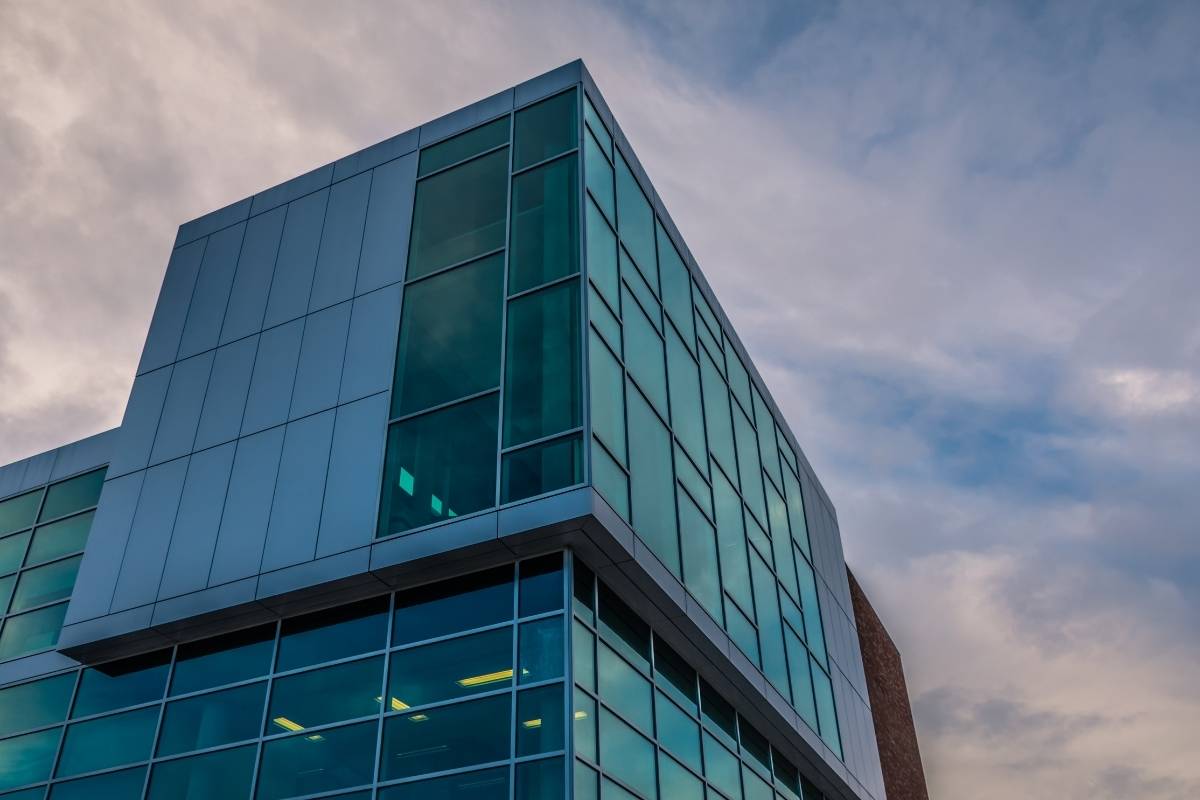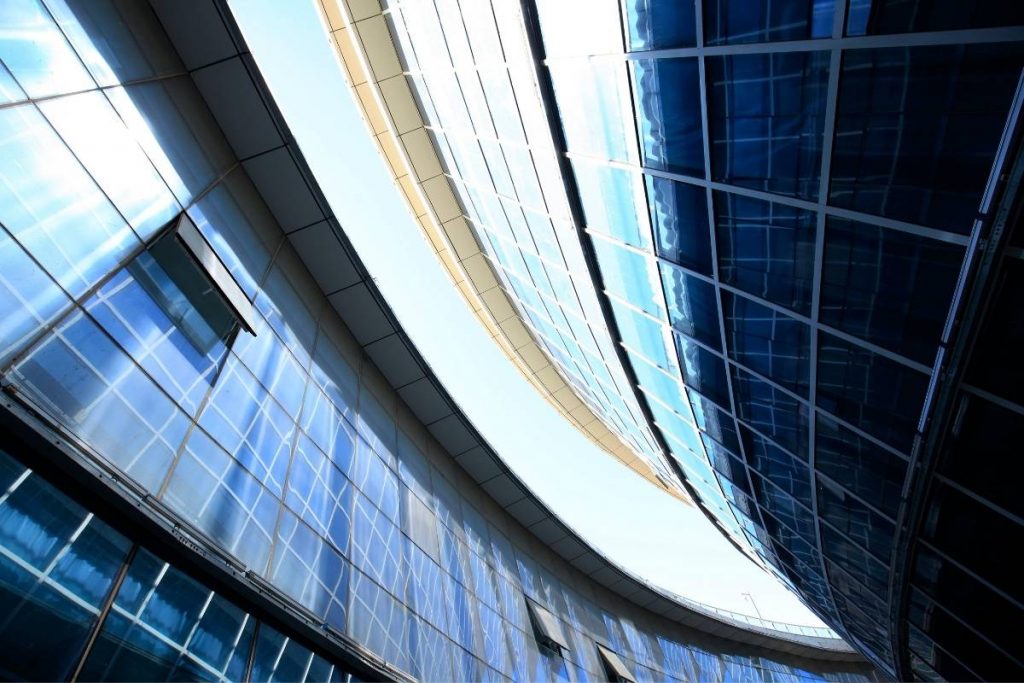Resist any movement induced by wind and thermal changes
The curtain wall must withstand the dead load imposed by the floor structure. It must also withstand the live loads applied by wind and snow on large horizontal surfaces. There may also be additional load factors related to seismic conditions or maintenance issues. The system should resist any movement induced by wind and thermal changes. For this, curtain walls must be installed according to ASTM E1105, an international standard. There are several ways to make sure your curtain wall is properly insulated.
Curtain walls design requirements & specifications
When choosing a curtain wall material, make sure it meets the design requirements and structural specifications. If you have a complicated design, you can choose the material that is best suited for the space. If you are not able to choose, you can hire an experienced contractor to design and build the curtain wall for you. Then, let the professionals do the installation. The process can be completed quickly and accurately. If you’re interested in buying a curtain wall, make sure that you read AAMA standards.
The BEDG on WBDG (Basic Engineering Design Guide) is the general design concept that is followed when installing a curtain wall. Its use depends on performance requirements and environmental conditions. A proper installation requires the right materials and a professional. In addition, you must consider installation costs. Whether it is a home or office building, you should weigh the pros and cons of using a curtain wall. The decision to install a curtain wall will depend on the size of the structure.
Affordable and can help reduce energy costs
Curtain wall systems are a good investment in a building. It is affordable and can help reduce energy costs, which is especially important in cold climates. The system is also energy-efficient. It reduces cooling and heating costs in the long run. With a curtain wall, you’ll have less maintenance problems. The installation will be quick and hassle-free. There’s no need to install external supports in the building, and your project will last for decades.

The curtain wall system has two distinct benefits. First, it provides protection from the extreme weather conditions. Because of its flexibility, the curtain wall system can withstand different types of weather. In addition to this, the curtain walls also provide protection from earthquakes. The roof is often prone to damage from high wind. However, the curtain wall system protects the roof from a calamity. For this reason, it is not recommended to use it.
Curtain wall system – highly advantageous in many aspects
Today, there are many types of curtain wall systems. Some of the most common are made of aluminium and can fit into any size building. This style was very popular in the early 1950s and became popular as a result of the Cold War. Since the curtain walls cover the majority of the visible facade, they were very efficient and were widespread. The only disadvantage of this type of system is that the material can be expensive to maintain. Nevertheless, it is highly advantageous in many aspects.
The weight of the curtain wall is transferred to the building structure through anchors that connect the mullions to the slab. The dead load of a curtain wall is the weight of structural components and permanent features on the building. These elements can include sunshades, signage, and other items. They add an additional dead load to the curtain wall. They also increase the overall building’s internal humidity. The AAMA’s recommendations are based on local climate data, which can differ from local climate data.
A curtain wall system is composed of an aluminium frame with vertical extruded aluminium mullions and horizontal rails. The panels are called spandrel panels and divide a large expanse of glass horizontally. The panels can be made of a variety of materials. The early versions were made of heat-strengthened opaque glass fused with a coloured ceramic. Eventually, this technology began to become widely available.




